Home>Dining>Tableware>What Is Tudor Plate Silverware Oneida Community
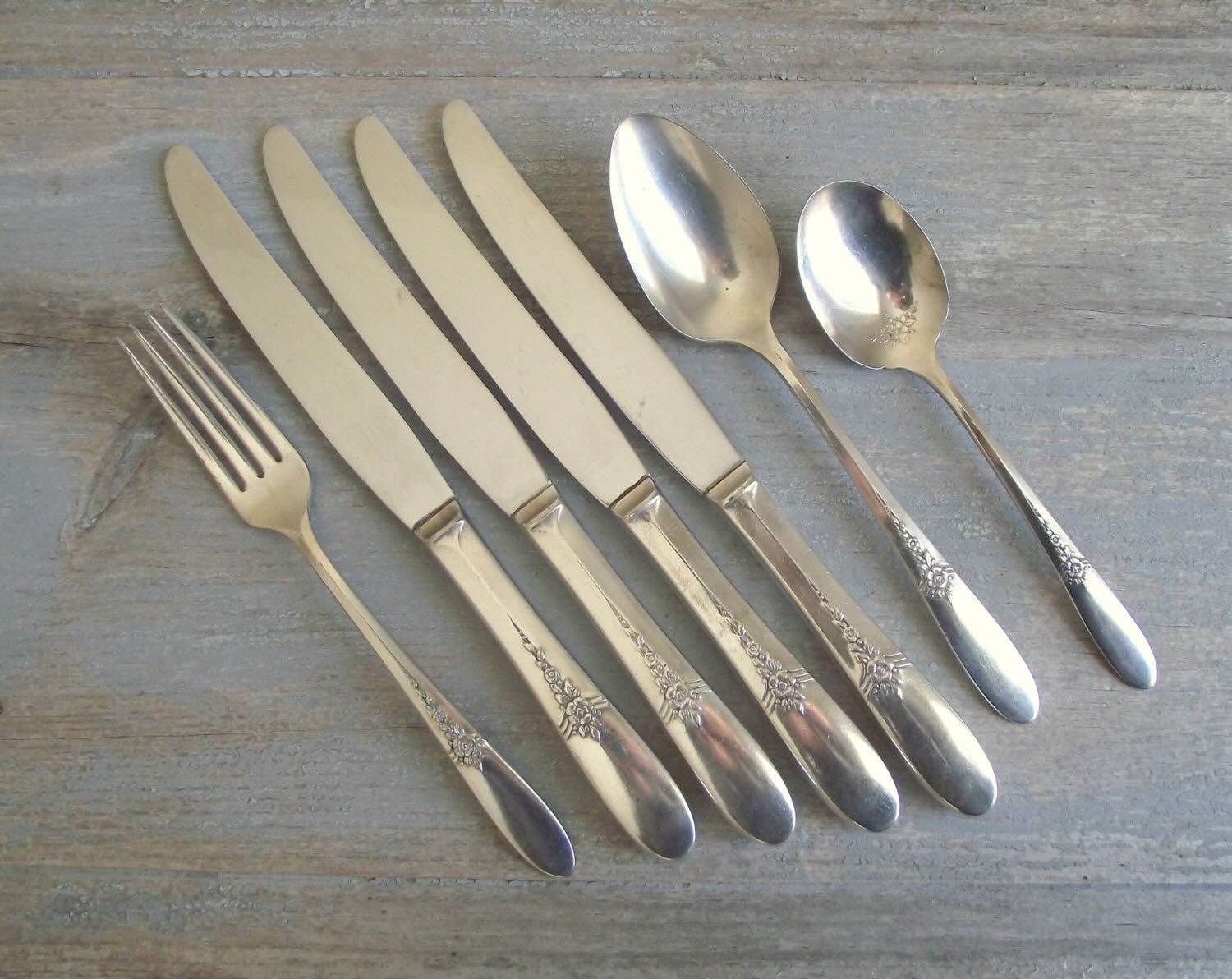

Tableware
What Is Tudor Plate Silverware Oneida Community
Modified: September 2, 2024
Discover the charm of Tudor Plate Silverware from Oneida Community. This exquisite tableware collection combines elegance and durability, perfect for any dining occasion.
(Many of the links in this article redirect to a specific reviewed product. Your purchase of these products through affiliate links helps to generate commission for Storables.com, at no extra cost. Learn more)
Introduction
Welcome to the fascinating world of Tudor Plate Silverware by Oneida Community! In this article, we will dive deep into the origins, characteristics, patterns, and value of Tudor Plate Silverware, as well as offer tips on collecting and caring for these exquisite pieces. So, if you’re a tableware aficionado or simply curious about Tudor Plate Silverware, read on!
Tudor Plate Silverware holds a significant place in the history of tableware. Its elegant designs and durable craftsmanship have long been cherished by collectors and enthusiasts alike. But before we delve into the specifics, let’s explore the origins of Tudor Plate Silverware and the renowned company behind it – Oneida Community.
Key Takeaways:
- Tudor Plate Silverware, crafted by the innovative Oneida Community, offers a blend of elegance, durability, and affordability, making it a sought-after choice for collectors and tableware enthusiasts worldwide.
- Collecting and caring for Tudor Plate Silverware requires research, patience, and proper maintenance to preserve its timeless beauty and historical significance, adding charm to any dining experience.
Read more: What Is Community Silverware Made Of
Origins of Tudor Plate Silverware
The story of Tudor Plate Silverware begins in the late 19th century with the establishment of the Oneida Community in upstate New York. Founded in 1848 by John Humphrey Noyes, the Oneida Community was a religious commune that practiced communal living and complex marriage. Initially, the community prospered through the manufacturing of various goods, including animal traps and silk thread.
However, it was not until the 1880s that the Oneida Community ventured into the production of silverware. Recognizing the growing demand for high-quality tableware that was both beautiful and accessible, the company revolutionized the industry with its innovative approach to manufacturing.
Oneida Community introduced Tudor Plate Silverware as an affordable alternative to sterling silver, which was often expensive and out of reach for many consumers. Tudor Plate Silverware was made using a unique process called electroplating, where a thin layer of silver is bonded to a base metal, usually nickel silver. This process allowed for intricate designs and patterns to be etched onto the silverware, creating a luxurious and ornate appearance.
The popularity of Tudor Plate Silverware quickly spread, as it offered the perfect combination of elegance, durability, and affordability. The Oneida Community became known for its exceptional craftsmanship and attention to detail, making Tudor Plate Silverware a staple in households across America.
Over the years, the Oneida Community expanded its range of patterns and designs, offering a plethora of options for consumers to choose from. Each piece of Tudor Plate Silverware was carefully crafted and engraved with the Oneida Community’s emblem to ensure authenticity and quality.
Today, Tudor Plate Silverware holds a special place in the hearts of collectors and antique enthusiasts. Its rich history and exquisite craftsmanship make it a sought-after treasure that brings elegance and charm to any dining table.
Oneida Community: A Brief Overview
The Oneida Community, the company behind Tudor Plate Silverware, holds a significant place in American history. Established in 1848 in Oneida, New York, by John Humphrey Noyes, the Oneida Community was a unique religious commune that aimed to create a utopian society based on cooperative living and shared ideals.
Noyes, a charismatic leader and theologian, founded the community with the belief in “Perfectionism” – the idea that individuals could achieve moral and spiritual perfection in their lifetime. The Oneida Community practiced communal living, where all members shared resources, work, and wealth, promoting equality and harmony.
In addition to their communal lifestyle, the members of the Oneida Community also embraced a concept called “complex marriage.” This concept allowed for intimate relationships between community members, resulting in shared child-rearing responsibilities and a departure from traditional monogamy.
Despite these unconventional practices, the Oneida Community also focused on economic success. To sustain their community, members engaged in various industries, including silk manufacturing, animal traps, and ultimately, silverware production.
Under the leadership of Noyes’ son, Pierrepont Noyes, the community transitioned from silver-plated cutlery to the production of high-quality sterling silver flatware in the late 19th century. However, realizing the growing demand for affordable tableware, the company introduced Tudor Plate Silverware as a more accessible alternative to traditional sterling silver.
Over time, the Oneida Community evolved into a successful business enterprise, eventually becoming Oneida Limited in the 20th century. Today, Oneida Limited is known as The Oneida Group, a leading manufacturer and distributor of tableware and kitchenware globally.
Despite the Oneida Community’s disbandment in 1881 and its transformation into a conventional company, the influence and legacy of this unique communal experiment continue to resonate. The craftsmanship, ingenuity, and ideals of the Oneida Community are still evident in the timeless beauty and quality of Tudor Plate Silverware.
Now that we have explored the origins of Tudor Plate Silverware and the fascinating history of the Oneida Community, let’s delve into what exactly Tudor Plate Silverware is and why it holds a special place in the world of tableware.
What is Tudor Plate Silverware?
Tudor Plate Silverware is a line of silver-plated flatware and hollowware produced by the Oneida Community, a renowned company known for its exceptional craftsmanship and innovative approach to tableware manufacturing. Offering a balance of elegance, durability, and affordability, Tudor Plate Silverware has become a popular choice for households, collectors, and tableware enthusiasts.
Unlike sterling silver, which is made entirely of silver, Tudor Plate Silverware is crafted through a process called electroplating. This involves bonding a thin layer of silver onto a base metal, usually nickel silver. This technique not only offers a luxurious shine and appearance but also makes the silverware more accessible and affordable to a wider range of consumers.
Tudor Plate Silverware encompasses a wide range of flatware pieces, including forks, knives, spoons, and serving utensils. Each piece is meticulously designed and crafted, showcasing intricate patterns and exquisite detailing that adds a touch of elegance to any dining table.
What sets Tudor Plate Silverware apart is not only its aesthetic appeal but also its durable construction. The base metal used in the production of Tudor Plate Silverware provides strength and resilience, ensuring that the pieces can withstand regular use and maintain their beauty over time.
Whether you’re hosting a formal dinner party or enjoying a casual meal with family and friends, Tudor Plate Silverware adds a touch of sophistication and charm to your dining experience. Its timeless designs and versatility make it suitable for both classic and contemporary table settings.
With its rich history and association with the Oneida Community, Tudor Plate Silverware carries a sense of nostalgia and tradition. Owning a piece of Tudor Plate Silverware not only brings beauty to your table but also connects you to a legacy of craftsmanship and innovation that is deeply rooted in American history.
In the next section, we will explore the characteristics and unique features that distinguish Tudor Plate Silverware from other types of tableware. So, let’s continue our journey into the world of Tudor Plate Silverware.
Characteristics of Tudor Plate Silverware
Tudor Plate Silverware is renowned for its exceptional quality, timeless designs, and enduring beauty. Let’s explore some of the key characteristics that make Tudor Plate Silverware a beloved choice for tableware enthusiasts:
- Elegant Designs: Tudor Plate Silverware features intricate patterns and delicate detailing that exude elegance and sophistication. From floral motifs to ornate engravings, each design showcases the craftsmanship and attention to detail that Oneida Community is known for.
- Durable Construction: Made using the electroplating process, Tudor Plate Silverware is known for its durability. The base metal, usually nickel silver, provides strength and resilience, ensuring that the silverware withstands regular use and maintains its beauty over time.
- Long-Lasting Shine: The silver-plated surface of Tudor Plate Silverware not only adds a luxurious shine but also helps to protect the underlying metal. With proper care, Tudor Plate Silverware can retain its lustrous appearance for generations to come.
- Variety of Pieces: Tudor Plate Silverware encompasses a wide range of flatware pieces, including forks, knives, spoons, and serving utensils. This variety allows you to create a complete and coordinated table setting for any occasion.
- Timeless Appeal: Tudor Plate Silverware possesses a classic and timeless aesthetic that effortlessly blends with a variety of table settings and decor styles. Whether you’re hosting a formal dinner or enjoying a casual meal, Tudor Plate Silverware adds a touch of sophistication to your dining experience.
- Authenticity: Each piece of Tudor Plate Silverware is usually marked with the Oneida Community emblem or the “Tudor Plate” stamp, ensuring its authenticity and quality. This attention to detail gives collectors assurance that they own genuine Tudor Plate Silverware.
- Affordability: Unlike sterling silver, Tudor Plate Silverware provides an affordable option for those seeking the beauty and elegance of silverware without the high price tag. This accessibility has made Tudor Plate Silverware popular among a wide range of consumers.
These characteristics combine to make Tudor Plate Silverware an excellent choice for both everyday use and special occasions. The timeless beauty, durability, and affordability of Tudor Plate Silverware continue to captivate tableware enthusiasts and collectors around the world.
In the next section, we will explore the various patterns and designs that have graced Tudor Plate Silverware throughout its history. So, let’s continue our journey into the captivating world of Tudor Plate Silverware.
Read more: How To Clean Gold-Plated Silverware
Patterns and Designs of Tudor Plate Silverware
Tudor Plate Silverware offers an array of captivating patterns and designs that have delighted collectors and tableware enthusiasts for decades. Let’s explore some of the notable patterns that have graced Tudor Plate Silverware throughout its rich history:
- Queen Bess: The Queen Bess pattern is perhaps one of the most famous and sought-after designs of Tudor Plate Silverware. Inspired by the elegance of the Tudor era, it features intricate floral scrolls and regal motifs, evoking a sense of grandeur and majesty.
- Madrid: The Madrid pattern is known for its intricate geometric engravings and striking Art Deco-inspired design. With clean lines and bold detailing, Madrid creates a modern and sophisticated statement on any dining table.
- Debutante: The Debutante pattern exudes timeless charm with its delicate floral motifs and scrollwork. It embodies a sense of grace and femininity, making it a popular choice for special occasions and more traditional table settings.
- Fortune: The Fortune pattern showcases a beautiful combination of floral and scroll designs, creating an elegant and harmonious look. Its classic and versatile design makes it suitable for both formal and informal dining settings.
- Community: The Community pattern features a refined and understated design, characterized by its simple yet sophisticated elegance. This versatile pattern complements a wide range of tableware and adds a touch of timeless beauty to any setting.
- Harmony: The Harmony pattern impresses with its flowing lines and symmetrical composition. With its graceful curves and balanced proportions, Harmony adds a sense of tranquility and harmony to the dining experience.
These are just a few examples of the many patterns that can be found in the world of Tudor Plate Silverware. Each pattern has its own unique appeal, reflecting different design aesthetics and evoking various moods and atmospheres.
Whether you prefer ornate and intricate designs or more minimalist and modern styles, Tudor Plate Silverware offers a pattern to suit every taste and occasion. The variety and versatility of these patterns allow you to create a personalized and curated table setting that reflects your individual style and enhances your dining experience.
Identifying the specific pattern of Tudor Plate Silverware can be done through the Oneida Community emblem or the pattern’s name engraved on the pieces. Collectors often enjoy the thrill of discovering and collecting different patterns, showcasing the rich diversity and artistry that define Tudor Plate Silverware.
In the next section, we will delve into how to identify and authenticate Tudor Plate Silverware, as well as provide tips for collecting and caring for these cherished pieces. So, let’s continue our exploration of Tudor Plate Silverware.
Tudor Plate Silverware is a line of silver-plated flatware produced by Oneida Community in the early to mid-20th century. It is known for its intricate designs and durability, making it a popular choice for vintage collectors and table settings.
How to Identify and Authenticate Tudor Plate Silverware
Identifying and authenticating Tudor Plate Silverware is essential for collectors and enthusiasts who want to ensure that they are acquiring genuine pieces from the Oneida Community. Here are some key factors to consider when confirming the authenticity of Tudor Plate Silverware:
- Oneida Community Emblem: Look for the emblem of the Oneida Community on the silverware. It is usually engraved on the back of the handle or somewhere visible on the piece. The emblem typically consists of the words “Oneida Community” accompanied by a decorative image.
- Tudor Plate Stamp: Another indicator of authenticity is the “Tudor Plate” stamp, which may be engraved on the piece. This stamp confirms that the silverware is part of the Tudor Plate line manufactured by the Oneida Community.
- Pattern Identification: Familiarize yourself with the various patterns produced by the Oneida Community for Tudor Plate Silverware. Each pattern has its unique design and name. Compare the design on the silverware to known patterns to help identify the specific pattern of your piece.
- Quality of Craftsmanship: Examine the silverware closely for signs of exceptional craftsmanship. Tudor Plate Silverware is known for its attention to detail, precise engravings, and high-quality materials. Look for intricate patterns, well-defined edges, and a smooth and polished finish.
- Weight and Feel: Tudor Plate Silverware is typically heavier than lower-quality silver-plated flatware. Pay attention to the weight and feel of the pieces in your hand. Genuine Tudor Plate Silverware should have a solid and substantial weight, indicating the use of quality materials in its construction.
- Documentation and Provenance: If possible, seek any accompanying documentation or provenance that authenticates the piece. This could include original packaging, certificates, or receipts of purchase from reputable sources.
When collecting Tudor Plate Silverware, it is essential to be cautious of imitation or counterfeit pieces. Pay attention to details such as the quality of engraving, the presence of the Oneida Community emblem and Tudor Plate stamp, and the overall craftsmanship of the item.
If you are unsure about the authenticity of a piece, it is advisable to consult with experts, antique dealers, or reputable silverware appraisers who can provide guidance and authentication services.
With proper identification and authentication, you can be confident in the quality and value of your Tudor Plate Silverware collection, ensuring that you are preserving and enjoying genuine pieces from the esteemed Oneida Community.
In the next section, we will provide valuable tips and considerations for collecting Tudor Plate Silverware, as well as guidance on caring for these cherished pieces. So, let’s continue our exploration of the captivating world of Tudor Plate Silverware.
Collecting Tudor Plate Silverware: Tips and Considerations
Collecting Tudor Plate Silverware can be a rewarding and fulfilling hobby for tableware enthusiasts and collectors alike. Whether you’re just starting your collection or expanding an existing one, here are some tips and considerations to keep in mind:
- Research and Learn: Take the time to educate yourself about Tudor Plate Silverware, its patterns, and the history of the Oneida Community. Familiarize yourself with the different patterns available and their value in the market. This knowledge will help you make informed decisions and identify valuable pieces.
- Visit Antique Shops and Estate Sales: Antique shops, estate sales, and online marketplaces can be valuable resources for finding Tudor Plate Silverware. Keep an eye out for hidden treasures and unique pieces that may be available at reasonable prices. Regularly checking these sources can improve your chances of finding unique and rare items for your collection.
- Trade and Connect with Other Collectors: Join antique and collectible forums or attend local collectors’ events to connect and network with other Tudor Plate Silverware enthusiasts. Trading or swapping pieces with fellow collectors can help you diversify your collection and acquire items that may be elusive or harder to find.
- Consider Condition and Rarity: When adding to your collection, carefully assess the condition of the silverware. Pieces in excellent condition, with minimal wear and no significant damage, hold greater value. Additionally, aim to acquire unique or rare patterns that may be less common in the market, as they can make your collection more distinctive.
- Focus on Completing Sets: If you are interested in building a complete set of Tudor Plate Silverware, focus on collecting all the essential pieces for a particular pattern. This includes forks, knives, spoons, and serving utensils. This way, you can create a cohesive and comprehensive table setting.
- Consider Display and Storage: Properly displaying and storing your Tudor Plate Silverware is essential for preserving its condition and value. Invest in tarnish-resistant storage solutions, such as anti-tarnish bags or silverware chests, to protect your pieces from oxidation. Display cases or cabinets can showcase your collection while keeping it safe from dust and damage.
- Appraisal and Insurance: As your collection grows, it is advisable to have your valuable Tudor Plate Silverware appraised by a reputable expert. This will help determine their current market value and ensure that they are adequately insured in case of loss, theft, or damage.
Remember, collecting Tudor Plate Silverware is an ongoing journey, and patience and passion are key. Enjoy the process of finding unique pieces, exploring different patterns, and learning more about the fascinating history behind each item.
In the next section, we will delve into the crucial topic of caring for your Tudor Plate Silverware to ensure its longevity and beauty. So, let’s continue our exploration of the captivating world of Tudor Plate Silverware.
Care and Maintenance of Tudor Plate Silverware
Tudor Plate Silverware, like any other silver-plated flatware, requires proper care and maintenance to retain its lustrous appearance and extend its lifespan. Here are some essential tips to help you care for your Tudor Plate Silverware:
- Hand Washing: Wash your Tudor Plate Silverware by hand using warm water and a mild, non-abrasive dishwashing soap. Avoid using harsh chemicals or abrasive cleaners that could damage the silver or the base metal. Use a soft sponge or cloth to gently clean the silverware.
- Drying and Polishing: After washing, thoroughly dry your silverware with a soft, lint-free cloth to prevent water spots or tarnishing. Prioritize complete drying to avoid moisture buildup. To restore its shine, gently polish the silverware using a silver polishing cloth or a non-abrasive silver polish.
- Storage: Store your Tudor Plate Silverware in a clean and dry environment that is free from excessive humidity and exposure to air. Consider using tarnish-resistant storage solutions, such as anti-tarnish bags or silverware chests, to protect the silverware from oxidation. These storage options create a barrier that slows down the tarnishing process.
- Avoid Exposure to Heat and Chemicals: To prevent damage, avoid exposing your Tudor Plate Silverware to extreme heat sources, direct sunlight, or household chemicals such as bleach. These elements can cause discoloration, fading, or even corrosion.
- Regular Use and Rotation: Silverware benefits from regular use, as the act of handling and polishing it helps maintain its shine. Rotate your Tudor Plate Silverware to ensure that all pieces are used regularly. This prevents specific pieces from tarnishing or developing uneven patina due to extended periods of storage.
- Avoid Contact with Reactive Foods: Some foods, such as eggs, mayonnaise, mustard, and acidic fruits, can cause silver to tarnish quickly. Avoid prolonged contact between your silverware and these types of foods. If they come into contact, promptly wash and dry the silverware to minimize potential tarnishing.
- Professional Cleaning and Restoration: If your Tudor Plate Silverware becomes heavily tarnished or damaged, consider seeking professional cleaning and restoration services. Professional silversmiths can safely remove tarnish, repair minor damage, and restore the beauty of your silverware.
By following these care and maintenance practices, you can ensure that your Tudor Plate Silverware remains in excellent condition and retains its timeless beauty for years to come.
Now that we’ve covered the essential care and maintenance of your Tudor Plate Silverware, let’s explore the value and market for these exquisite pieces in the next section.
Read more: How To Clean Silver-Plated Silverware
The Value and Market for Tudor Plate Silverware
Tudor Plate Silverware, produced by the Oneida Community, holds both historical and collectible value, making it sought after by collectors and enthusiasts around the world. The value of Tudor Plate Silverware can vary based on several key factors:
- Rarity: The scarcity of a particular pattern or design can significantly impact its value. Patterns that were produced in limited quantities or are no longer in production tend to be more valuable among collectors.
- Condition: The condition of your Tudor Plate Silverware plays a crucial role in determining its value. Pieces in excellent condition, with minimal wear and no significant damage, are highly sought after and command higher prices.
- Pattern: Some patterns of Tudor Plate Silverware are more popular and desirable than others, influencing their market value. Queen Bess, Madrid, and Debutante are examples of patterns that tend to be in high demand among collectors.
- Collectability: Collectors often seek complete sets or rare pieces to enhance their collections. These items may have higher value due to their desirability and the difficulty in acquiring them.
- Historical Significance: Tudor Plate Silverware from specific periods or engraved with notable commemorative designs related to historical events may command higher prices due to their historical significance.
- Provenance: The presence of documentation or provenance that verifies the authenticity of your Tudor Plate Silverware can increase its value. Original packaging, certificates, or receipts that trace the history of the pieces can add to their collectible worth.
The market for Tudor Plate Silverware is diverse and dynamic. It is strongly influenced by trends in the antique and collectibles market, as well as the demand from collectors and enthusiasts. Prices can significantly vary based on the factors mentioned above, as well as the overall condition of the silverware market.
To determine the value of your Tudor Plate Silverware, it is advisable to consult with experts, antique dealers, or reputable appraisers specializing in silverware. They can assess the condition, rarity, and market demand of your particular pieces to provide a fair valuation.
Whether you are acquiring Tudor Plate Silverware for its historical significance, aesthetic appeal, or investment potential, it is essential to be well-informed about the value and market dynamics. This knowledge will help you make informed decisions and ensure that you are preserving and enjoying these cherished pieces for years to come.
Now that we have explored the value and market for Tudor Plate Silverware, let’s conclude our journey through the captivating world of Tudor Plate Silverware.
Conclusion
As we conclude our exploration of Tudor Plate Silverware by the Oneida Community, we have delved into its origins, characteristics, patterns, identification methods, collecting tips, care, and value in the market. With its rich history, exceptional craftsmanship, and timeless beauty, Tudor Plate Silverware continues to captivate collectors and tableware enthusiasts around the world.
Originating from the vision and ingenuity of the Oneida Community, Tudor Plate Silverware represents a unique blend of elegance, durability, and affordability. Its electroplated silver surface, intricate designs, and durable construction distinguish it as a versatile and sought-after choice for both formal and informal dining settings.
Collecting Tudor Plate Silverware offers a journey into the past and an opportunity to own a piece of history. Whether you are seeking specific patterns, complete sets, or rare pieces, the world of Tudor Plate Silverware has much to offer. Research, patience, and a keen eye for quality are key when building a valuable and cherished collection.
Caring for Tudor Plate Silverware is essential to maintain its beauty and preserve its value. By practicing proper washing, drying, storage, and occasional polishing, you can ensure that your silverware remains in excellent condition for generations to come.
The value and market for Tudor Plate Silverware are influenced by several factors, including rarity, condition, pattern, collectability, historical significance, and provenance. Researching and consulting experts can help you determine the value of your collection and make informed decisions when buying or selling.
Whether you are an avid collector, a lover of tableware, or someone intrigued by the history and artistry of Tudor Plate Silverware, these stunning pieces continue to embody the legacy and craftsmanship of the Oneida Community.
So, dive into the world of Tudor Plate Silverware, discover its exquisite patterns, curate your collection, and enjoy the beauty and elegance it brings to your dining table. Cheers to shared meals, cherished memories, and the timeless allure of Tudor Plate Silverware!
Frequently Asked Questions about What Is Tudor Plate Silverware Oneida Community
Was this page helpful?
At Storables.com, we guarantee accurate and reliable information. Our content, validated by Expert Board Contributors, is crafted following stringent Editorial Policies. We're committed to providing you with well-researched, expert-backed insights for all your informational needs.

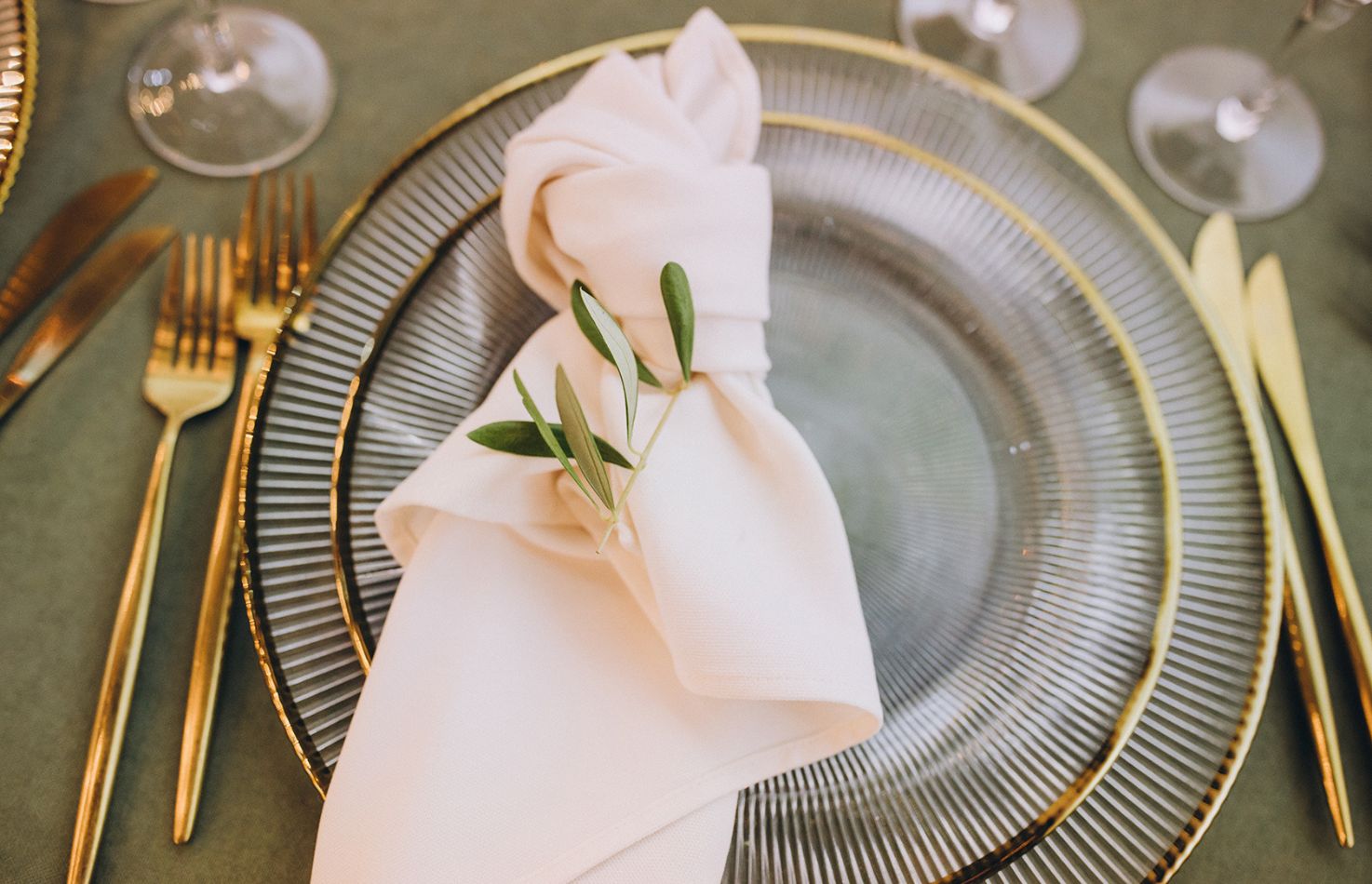

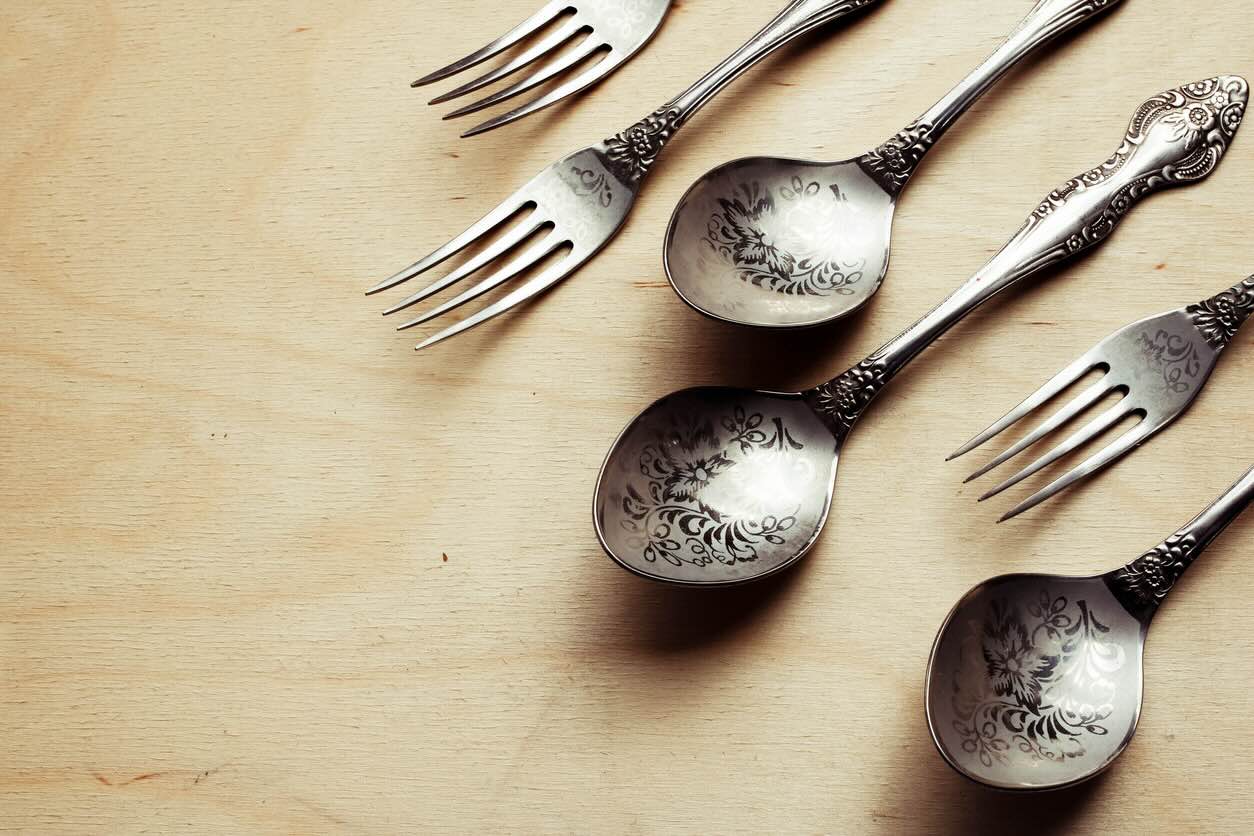
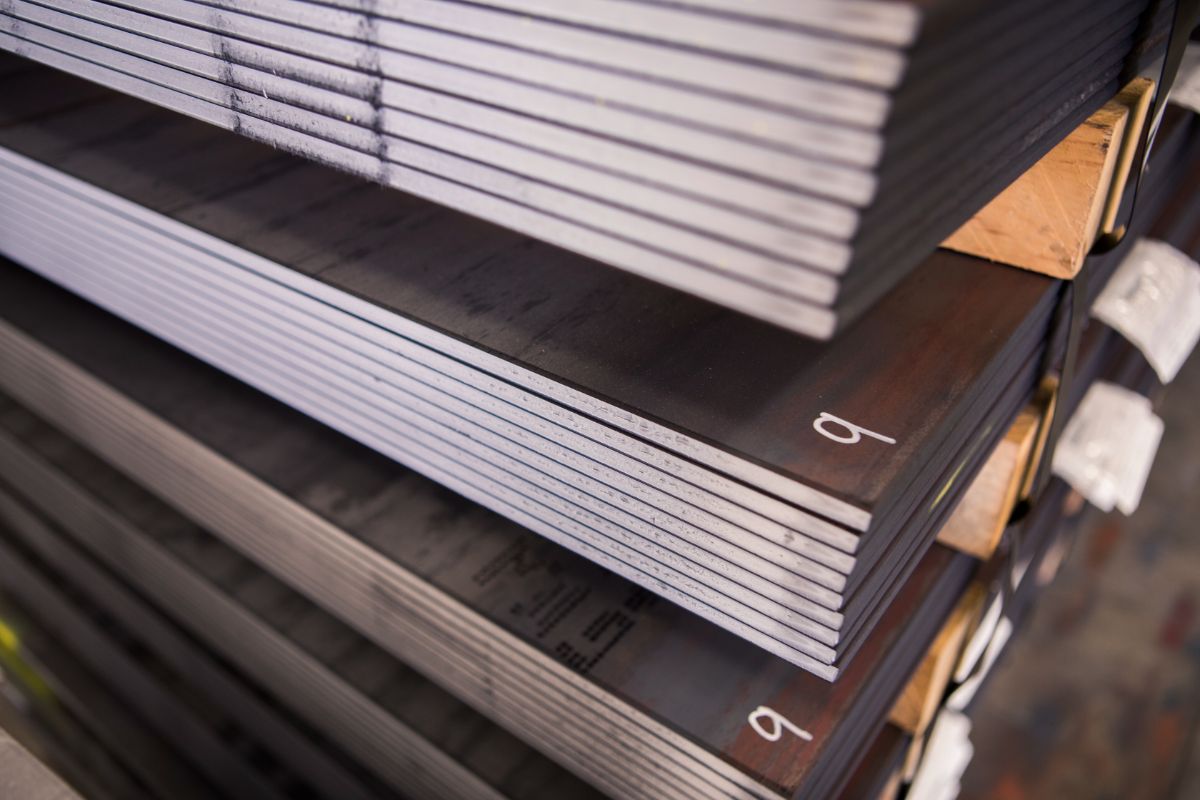
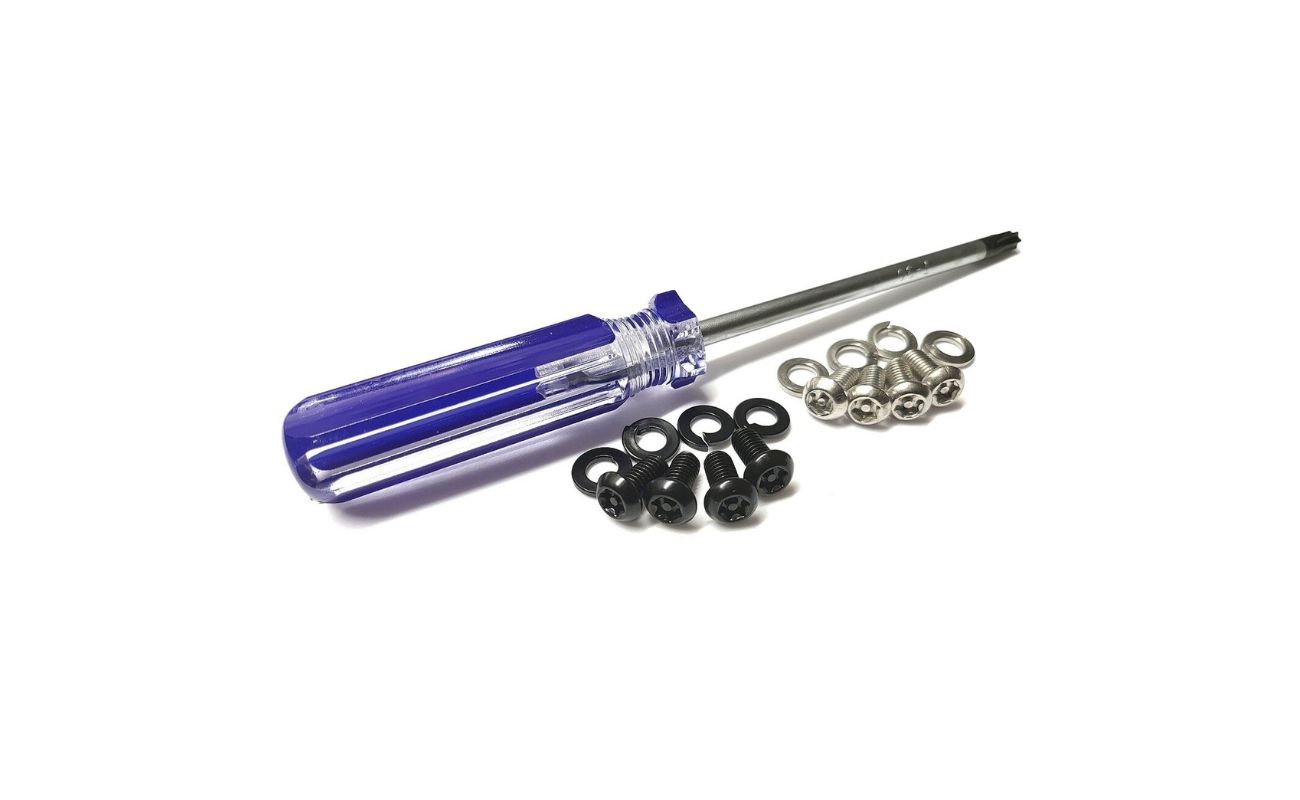
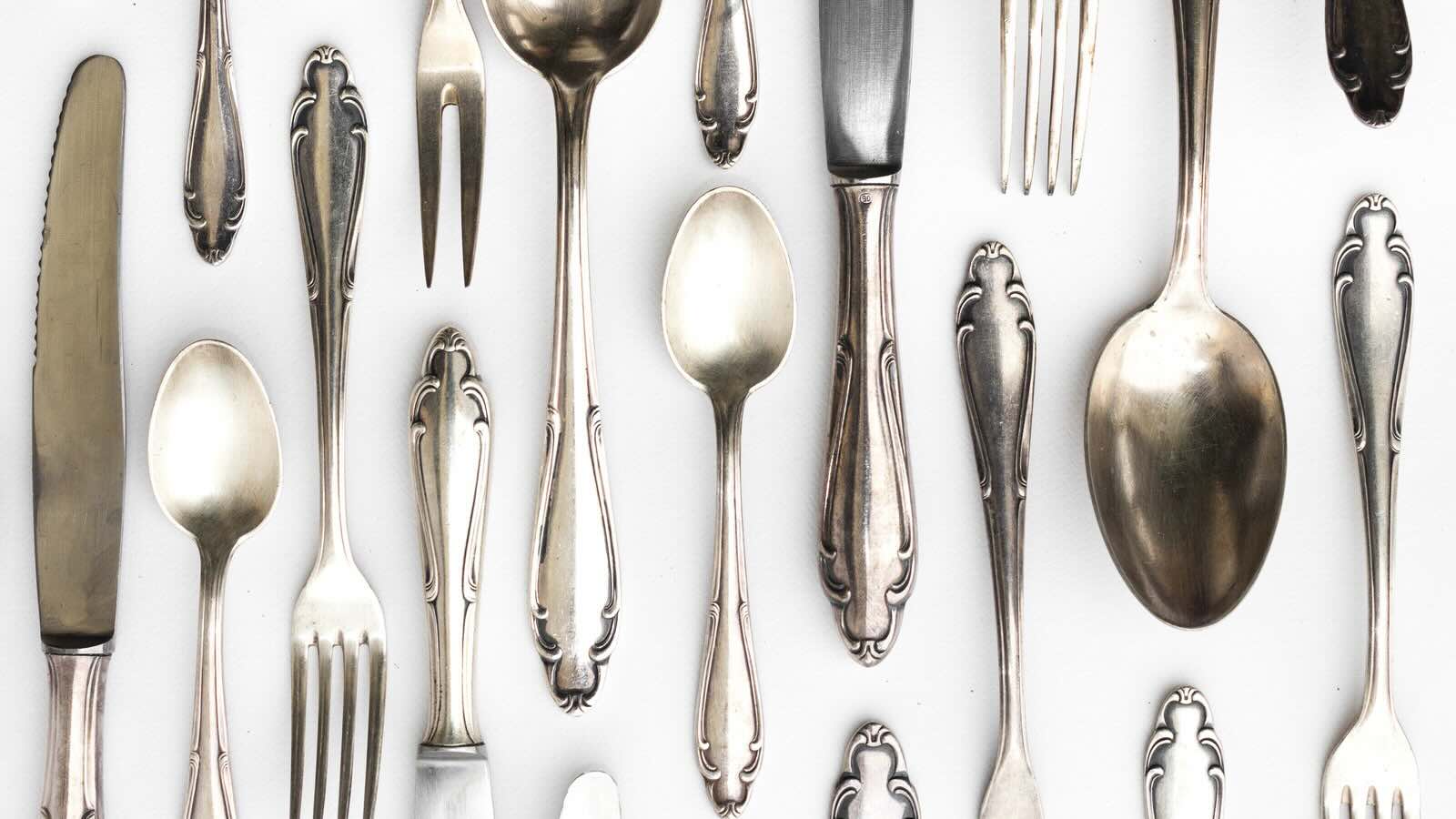
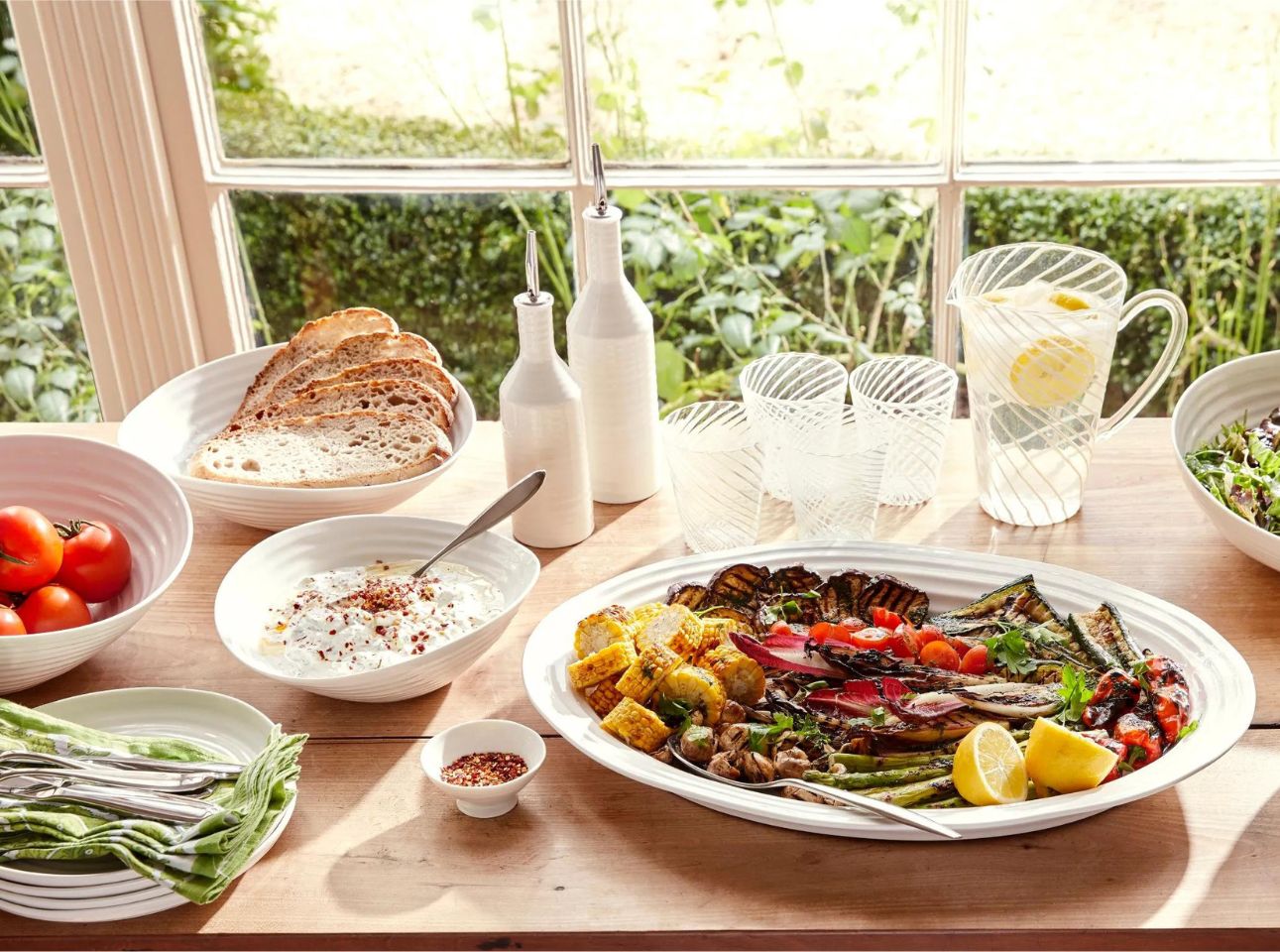
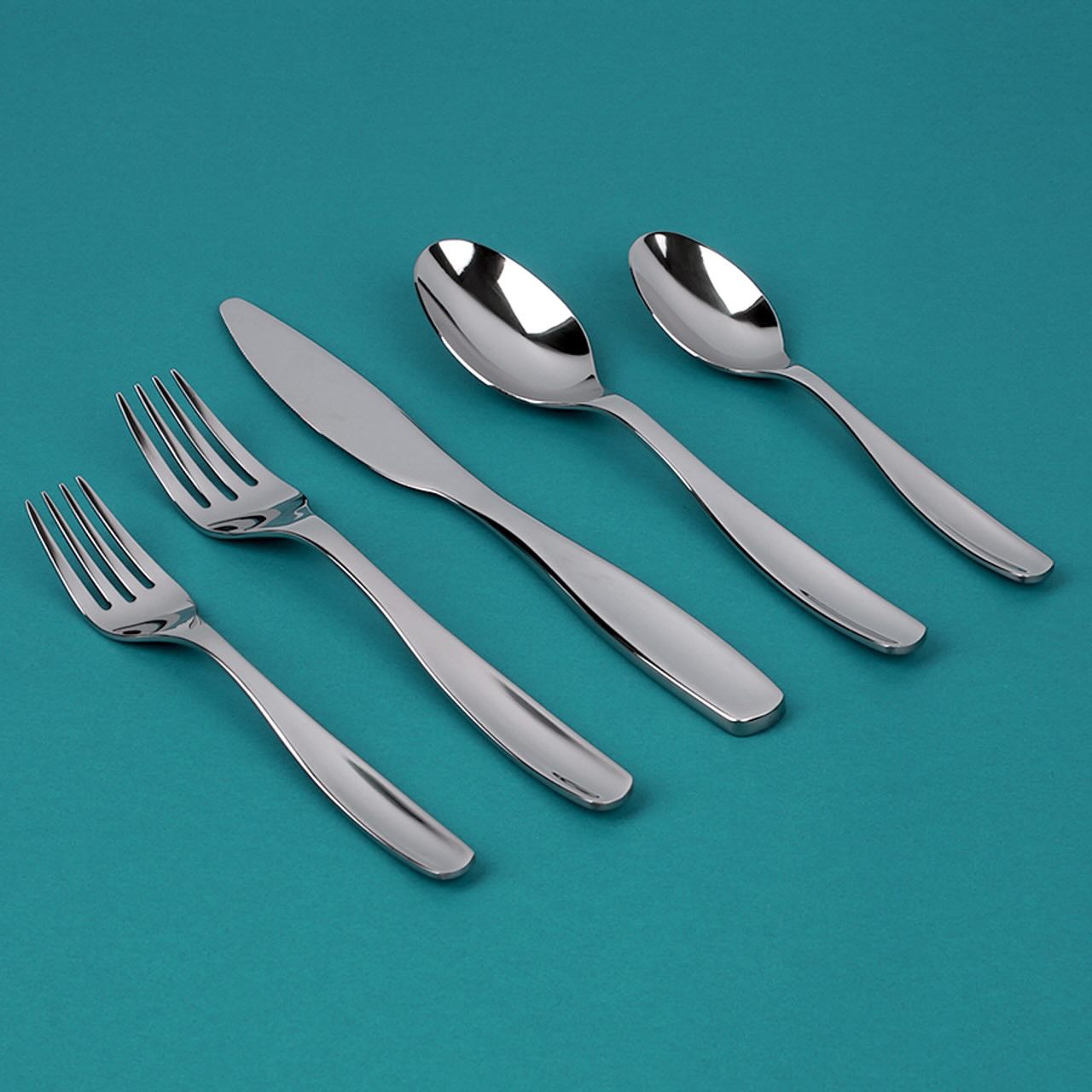

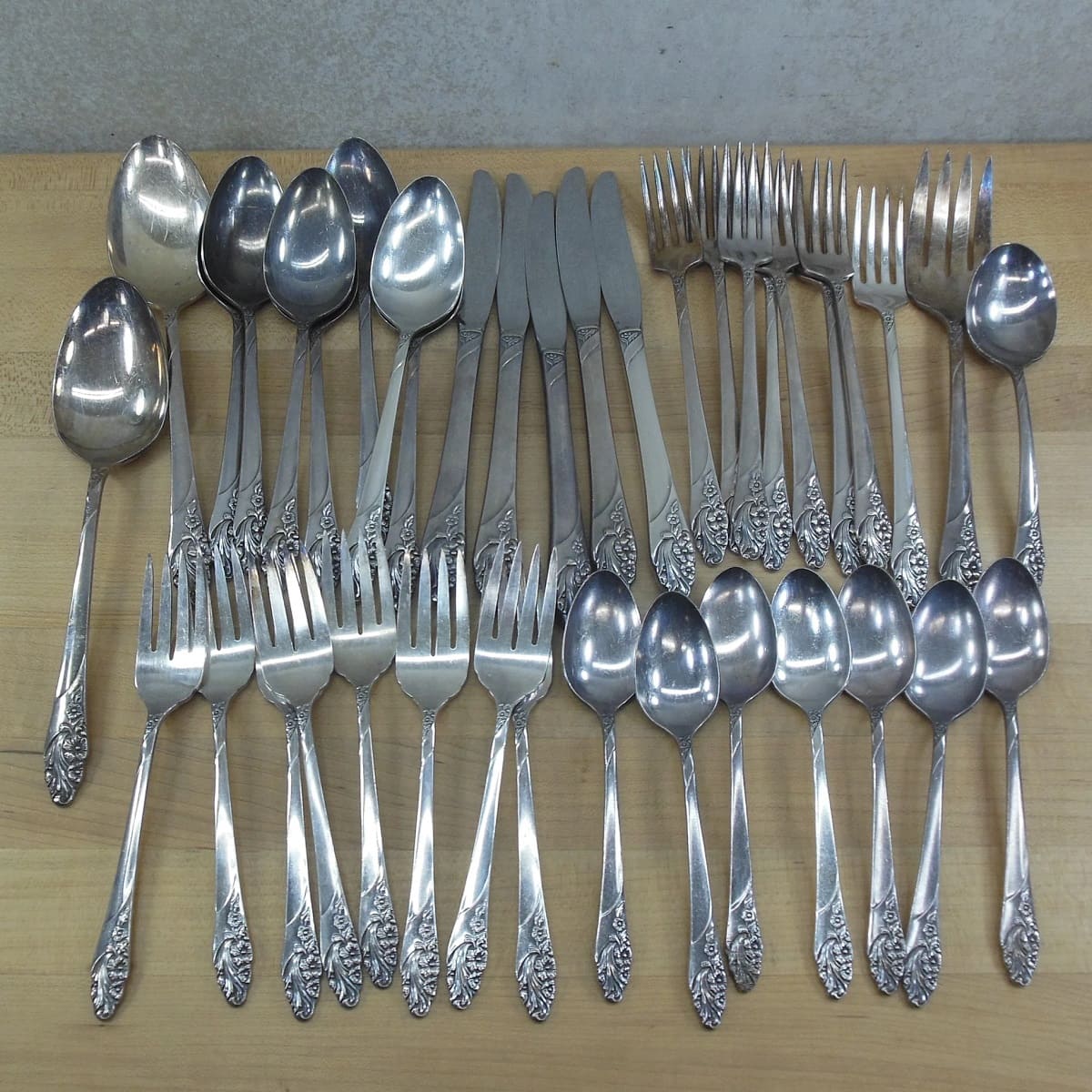
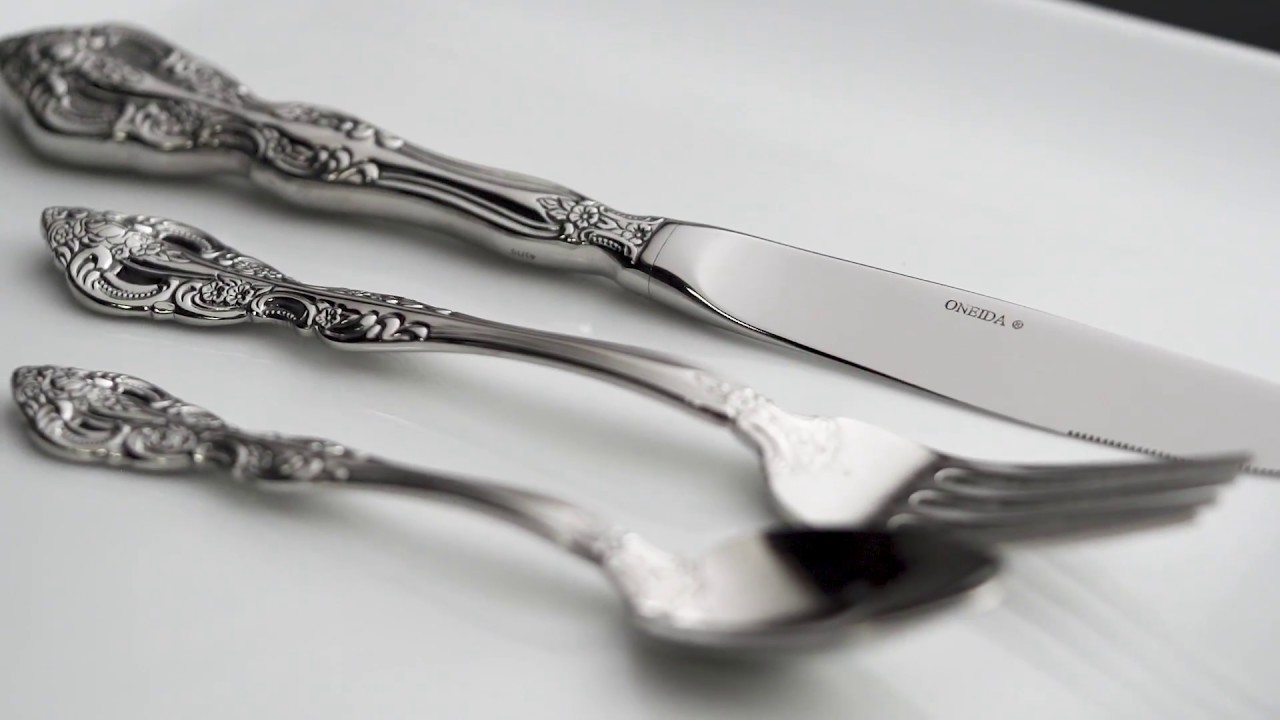
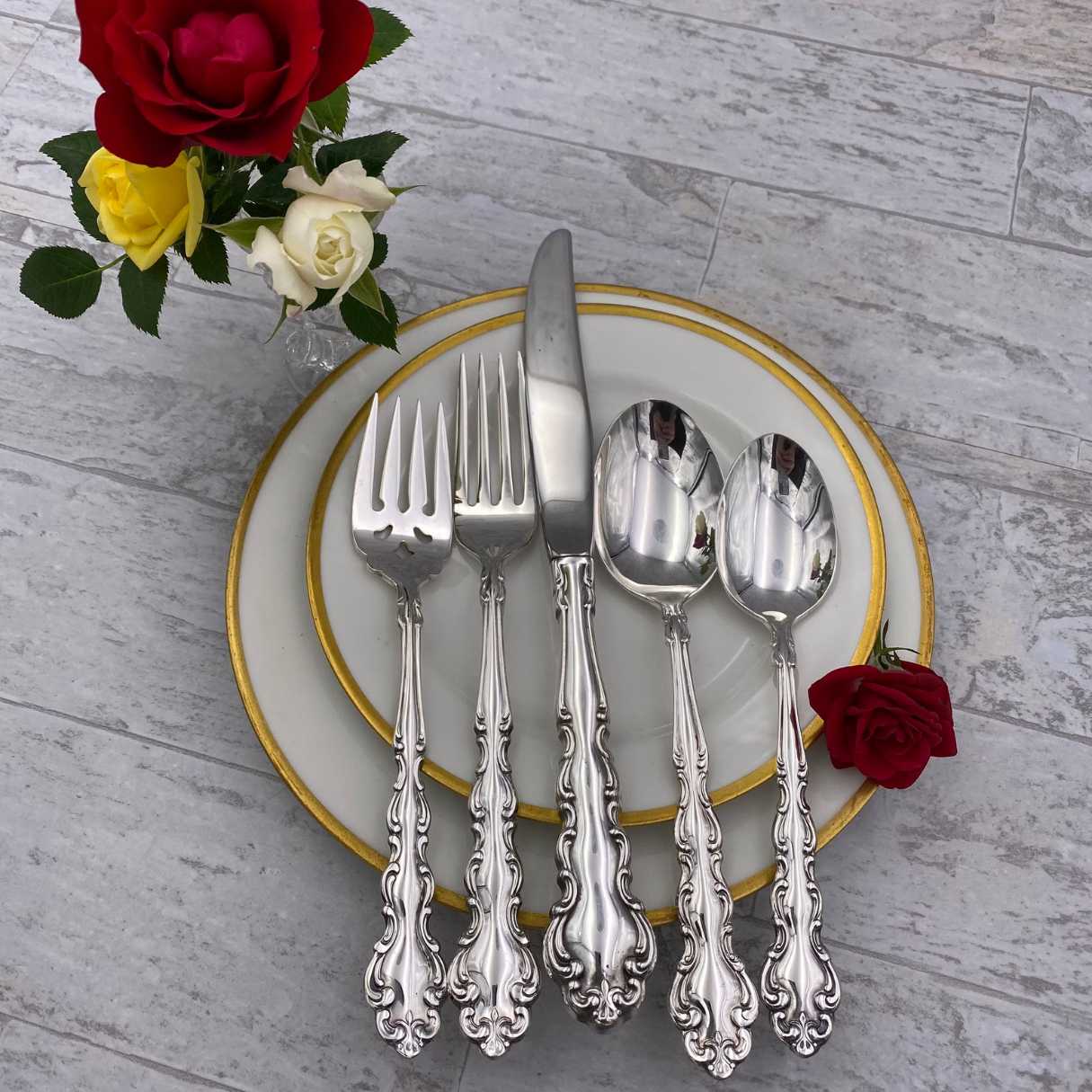

0 thoughts on “What Is Tudor Plate Silverware Oneida Community”